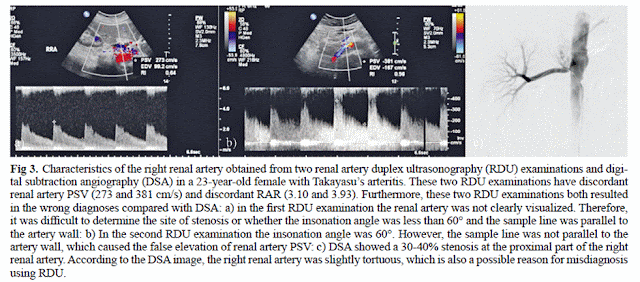December 12, 2018 -- When it comes to ultrasound, radiologists have a number of options for effectively diagnosing advanced fibrosis in patients with nonalcoholic fatty liver disease (NAFLD) -- as well as "mapping" liver stiffness and tracking liver cancer treatment, according to research delivered at the RSNA 2018 meeting.
Three presentations described the performance of various ultrasound techniques for liver indications, including shear-wave elastography (SWE), MR elastography (MRE), transient elastography (TE), and contrast-enhanced ultrasound.
Take your pick
Dr. Alessandro Furlan of the University of Pittsburgh and colleagues found that SWE, MRE, and TE are all viable alternatives to liver biopsy for diagnosing advanced fibrosis in patients with NAFLD.
"Since determination of liver fibrosis via biopsy is invasive and associated with significant cost, patient discomfort, and potential risks, several alternative approaches have been developed, including elastography," Furlan told session attendees.
The study included 62 patients, all of whom had biopsy-proven disease. The patients underwent SWE, MRE, and TE within one year of the biopsy; the researchers evaluated each type of imaging exam's performance with area under the receiver operating characteristic (ROC) curve analysis.
The area under the ROC curve for identifying advanced fibrosis was 0.89 for SWE, 0.95 for MRE, and 0.86 for TE; for significant fibrosis, the values were 0.80 for SWE, 0.85 for MRE, and 0.77 for TE. When each modality was compared with the others, there was no statistically significant difference in performance, Furlan said.
"2D shear-wave elastography, MR elastography, and transient elastography are valid alternatives to biopsy for the diagnosis of advanced fibrosis in patients with nonalcoholic fatty liver disease," he concluded.
Fewer biopsies
In a related presentation delivered during the same session, Dr. Rolf Reiter of Charité University Medicine Berlin shared study results suggesting that multifrequency MR elastography (mMRE) is a promising tool for mapping the distribution of fibrosis throughout the liver, which could, in turn, reduce the need for liver biopsy.
Reiter and colleagues evaluated mMRE's diagnostic accuracy by using multifrequency MR elastography in 43 patients with hepatic fibrosis. The study also included a group of 16 healthy people for comparison.
Tomoelastography stiffness maps showed high spatial resolution and anatomical details, allowing for high diagnostic accuracy for staging hepatic fibrosis, Reiter reported.
"Tomoelastography [showed] an excellent diagnostic accuracy for staging hepatic fibrosis," he told session attendees. "[Our work suggests that] mMRE-based tomoelastography might reduce the need for invasive liver biopsies and indicate the distribution of fibrosis within the entire liver."
Find cancer with contrast
...



